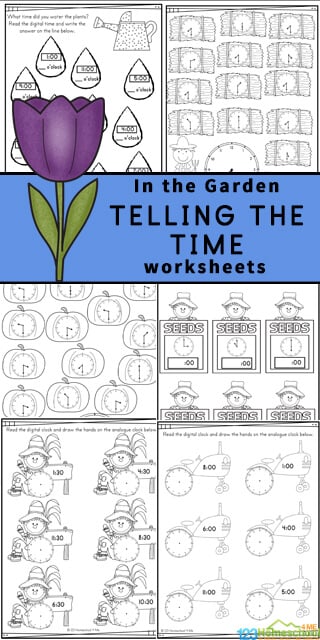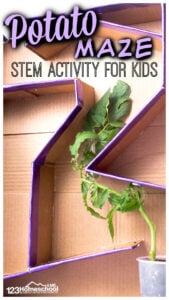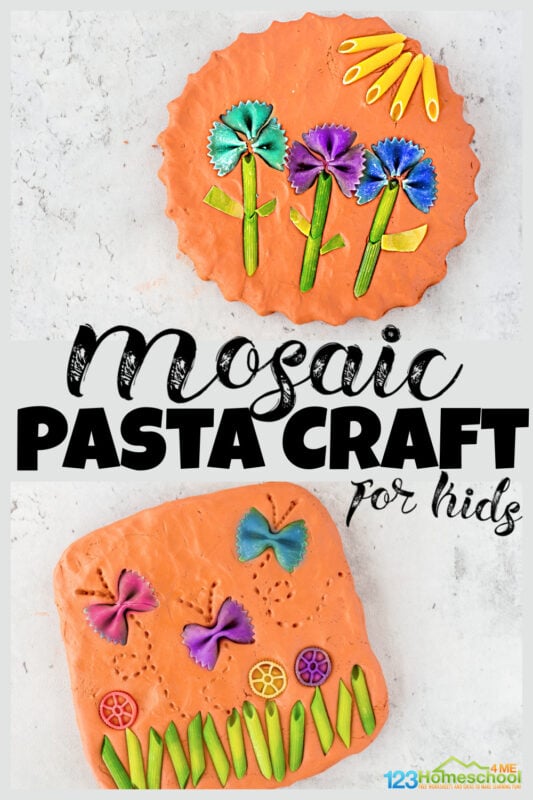Exploredensity for kidswith this beautifulrainbow density experimentwhich is the perfectspring scienceproject.
Use thisdensity science experimentwith kindergarten, first grade, 2nd grade, 3rd grade, and 4th graders.
I love that thisrainbow science experimentis super simple and easy to try!

When we study materials in science, we talk about its characteristics.
These characteristics help us to describe a substance and compare and contrast it to other substances.
There is another important characteristic that is related to both mass and volume density.

Have you ever picked up a rock and a piece of cork of the same size.
This means the rock has a higher density.
Just as solid materials have different densities, so do liquids.

Watch the liquids separate.
We can change the density of a liquid by dissolving another substance in it.
This adds mass to the liquid with only a minor affect on the volume.

We can demonstrate this with a simple, fun density activity.
Density experiment
Now, for the fun part!
Grab the pipette and squeeze the bulb.

Place the tip into the liquid of container #1, which has the lowest density.
Be careful to hold this pressure on the bulb and remove it from container 1.
You dont want to squeeze any liquid out or suck any air into the pipette.
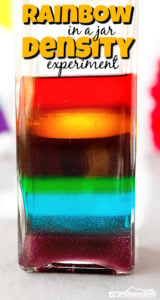
You should see a layer of each color in the pipette.
Do this slowly as possible so the colors do not mix.
Repeat with containers 3 and 4 in that order.

You should end up with a rainbow in your pipette!
(This just adds to the cool rainbow effect!)
Dont worry if you mix the liquids up too much in the pipette.

It takes a steady hand, but you’re able to get it with a little practice.
Rainbow Science
Looking for funrainbow experimentideas to get kids excited about exploring the world around them?
Dont miss these clever rainbow activity ideas!
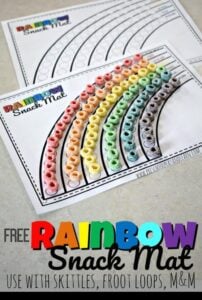
Check out these fun rainbow crafts for preschoolers!
Here are some fun plant experiments to learn more about photosynthesis, pollination, capillary action, and more!
























